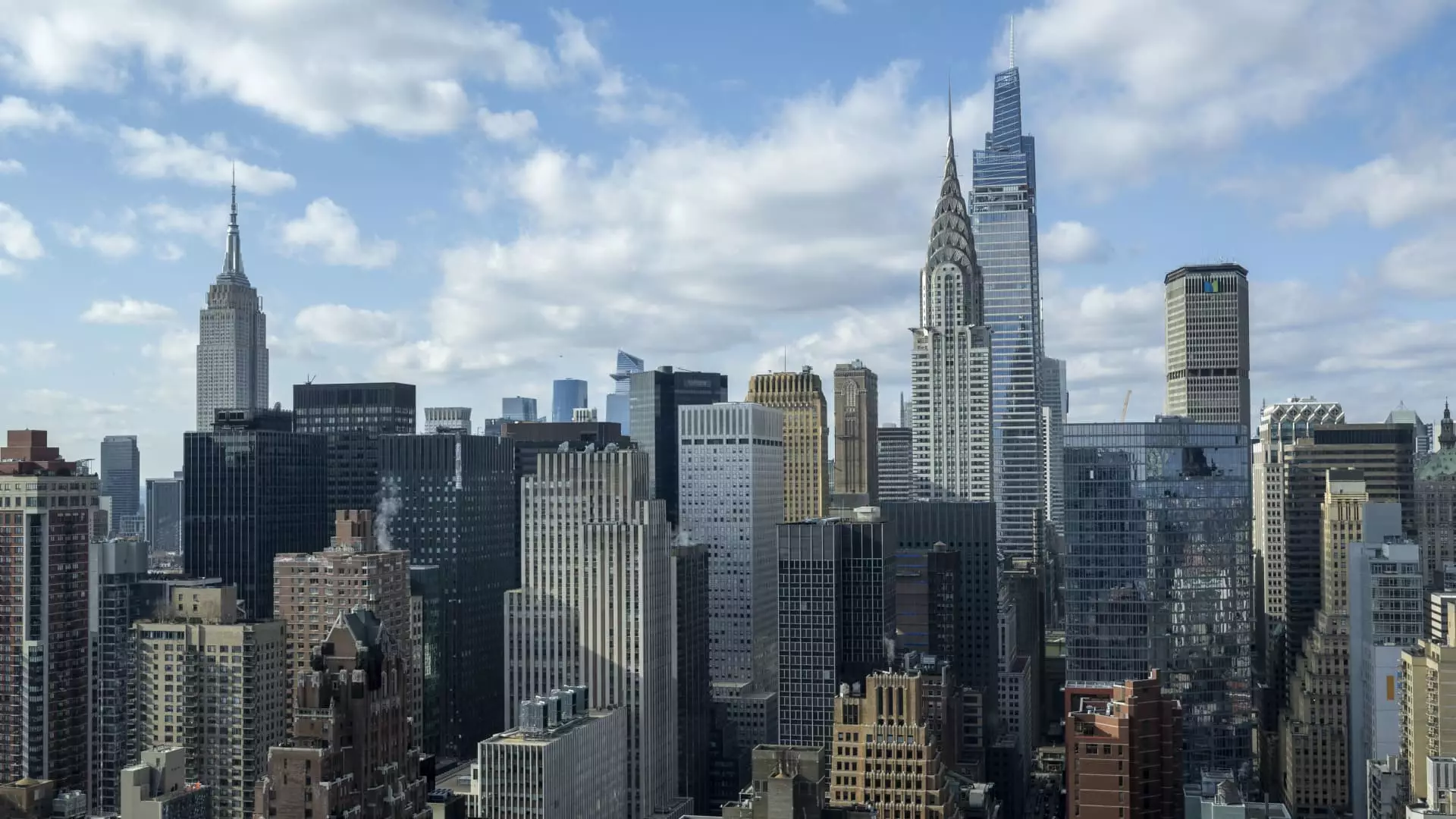The New York City office market has shown remarkable resilience as it emerges from the shadows cast by the COVID-19 pandemic. After a period of uncertainty that forced businesses to reconsider their workspace needs, there is now a significant uptick in demand for office space across the city. In the fourth quarter of the previous year, demand surged by a staggering 25% compared to the same quarter in the prior year, according to data reported by VTS, a leading analytic company focused on real estate demand metrics. This increase is attributed not only to businesses inviting employees back to traditional office environments but also to a rise in hiring that necessitates physical space.
As businesses adapt to the post-pandemic landscape, the atmosphere in major cities, particularly New York, is transforming. Companies in sectors like finance and technology are leading this shift, underscoring the importance of a collaborative in-person culture. Nick Romito, the CEO of VTS, emphasized that the unique cultural and economic set-up of New York makes it particularly well-suited for a robust return to in-office work. This sector-specific recovery is pivotal; financial firms and tech companies are not just recovering their previous footprints but are also looking to expand.
Real estate investment trusts (REITs) like SL Green Realty Corp. illustrate the current challenges and opportunities in the office market. Despite not meeting revenue expectations recently, analysts remain optimistic due to indications of a tightening office market fueled by rising leasing demand. This optimism is backed by data from the city’s Office of Management and Budget forecasting an increase of nearly 38,000 new office jobs by 2025. The majority of these positions are likely to come from fields that require in-person attendance, such as finance, business services, and information technology. Industry leaders like Marc Holliday, SL Green’s CEO, recognize this trend and anticipate strong demand for commercial spaces in the coming years, given that the workforce necessarily discontinues remote work arrangements.
Furthermore, the overall occupancy rates are encouraging. SL Green closed the year at a commendable 92.5% occupancy, with projections above 93% for the upcoming year, indicating a healthy recovery trajectory. Such occupancy rates suggest that employers are increasingly confident about committing to leases for physical office spaces, despite the unsteady economic environment.
Recent activities by influential companies further highlight this upward trend in demand. For instance, IBM’s decision to expand its office space at One Madison Avenue significantly contributes to the narrative of recovery. By signing a lease for an additional 92,663 square feet, IBM underscores its commitment to New York as a critical hub for technology and innovation. The massive expansion not only reflects IBM’s internal growth strategy but also serves to attract talent by providing a collaborative and engaging workspace, designed to facilitate interactions among employees, clients, and partners globally.
Such developments reinforce the idea that significant players in the tech industry view physical office space as integral to fostering creativity and collaboration among teams, hinting at a more profound trend in how large corporations perceive the value of office environments.
Comparative Analysis: National Trends and Competitor Cities
While New York leads the charge in office recovery, other cities also show signs of revival, albeit at varying rates. For example, San Francisco recorded a remarkable 32% annual growth rate in office demand, although it started from a much lower baseline than New York. Similarly, cities like Seattle and Chicago reported a growth rate around 15%. The resurgence in these markets suggests a national trend toward recovery, albeit at a varied pace influenced by local economic conditions and organizational strategies.
Furthermore, Ryan Masiello, VTS’s Chief Strategy Officer, pointed out that the national picture is marked by a slow and steady progress in office space demand. The fourth quarter of the previous year saw a 12% increase in demand from the previous quarter, breaking the seasonal decline trend typically seen during this time. This signifies a resurgence in business confidence, with organizations willing to invest in real estate amid economic uncertainties.
Looking ahead, the New York office market appears to be setting the stage for a more adaptive future. While hybrid work models inevitably remain, the increasing trend of companies mandating in-office attendance is suggestive of a shifting paradigm. As businesses become more comfortable reopening and expanding their office footprints, the demand for versatile spaces that can accommodate evolving workplace needs will continue to grow.
New York City is not just recovering but redefining its office space landscape in a manner that aligns with its vibrant economic and cultural identity. This evolution reflects broader national trends while highlighting the unique dynamics of New York as a bustling hub for finance and technological innovation. As businesses navigate the future, their strategies around real estate will play a crucial role in shaping the city’s economic destiny.

